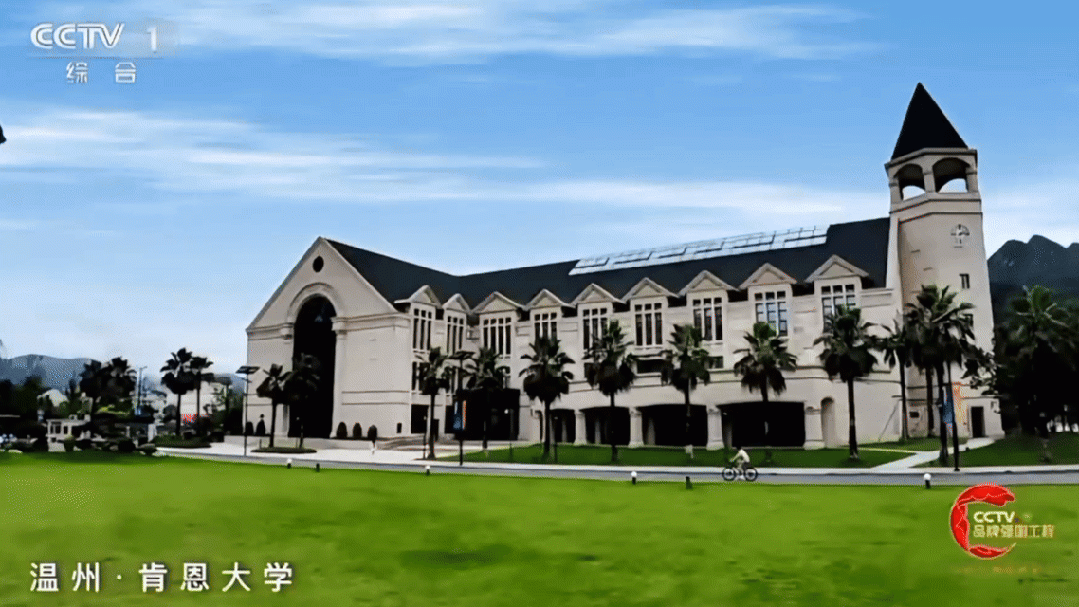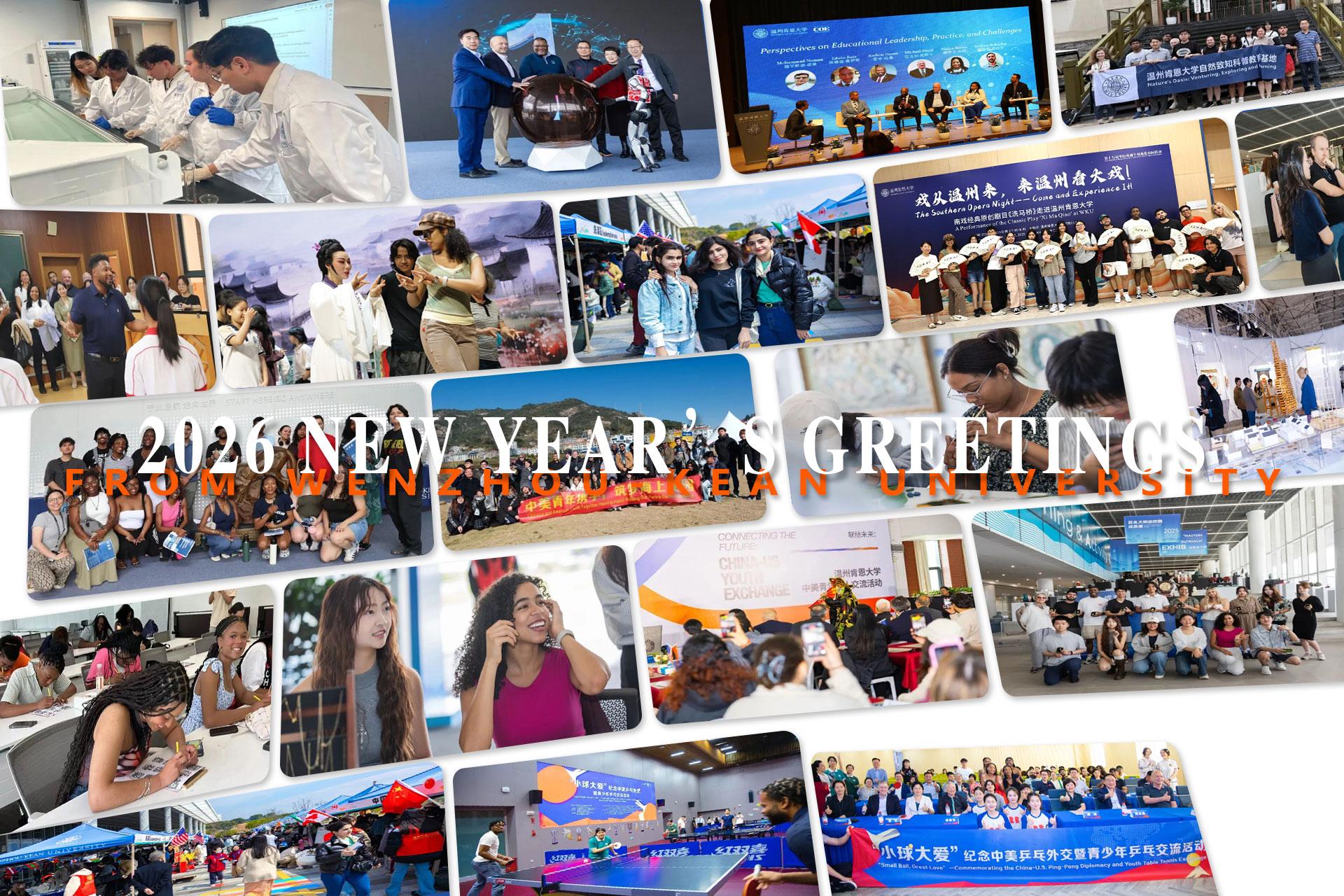A Wenzhou Kean University Research Team Shine at Stanford University on Designing Intelligent Applications for Individuals with Disabilities
Three computer science undergraduate researchers and their advisors, Drs. Pinata Winoto and Tiffany Tang attended the prestigious ACM International Conference on Interaction Design and Children (known as ACM IDC’2017, http://idc2017.stanford.edu/) from June 27 to June 30 at Stanford University.
Figure 1. Dr. Winoto was giving a presentation at ACM IDC’2017
 The annual conference attracted researchers and graduate students from such universities as Stanford University, Massachusetts Institute of Technology (MIT), Columbia University, Cornell University, University of Pennsylvania, University of California, Berkeley, Wellesley College, University of Wisconsin-Madison, Georgia Institute of Technology (Georgia-Tech), University of Washington, University of California, Los Angeles, Northwestern University, Tokyo Institute of Technology (Japan), The University of Sydney (Australia), Vienna University of Technology (Austria), Norwegian University of Science and Technology (Norway), etc, and such companies and research institutes as Hewlett Packard Enterprise (HP), Disney Research, Yamaguchi Center for Art and Media (Japan), Sesame Workshop.
The annual conference attracted researchers and graduate students from such universities as Stanford University, Massachusetts Institute of Technology (MIT), Columbia University, Cornell University, University of Pennsylvania, University of California, Berkeley, Wellesley College, University of Wisconsin-Madison, Georgia Institute of Technology (Georgia-Tech), University of Washington, University of California, Los Angeles, Northwestern University, Tokyo Institute of Technology (Japan), The University of Sydney (Australia), Vienna University of Technology (Austria), Norwegian University of Science and Technology (Norway), etc, and such companies and research institutes as Hewlett Packard Enterprise (HP), Disney Research, Yamaguchi Center for Art and Media (Japan), Sesame Workshop.
WKU teams presented three research results which had been strictly reviewed with double-blindness by world renowned scientists in the field:
- Emotion recognition via face tracking with RealSenseTM camera for children with autism
- A multi-user tabletop application to train children with autism social attention coordination skills without forcing eye-gaze following
- On active sharing ad responses to joint attention bids by children with autism in a loosely coupled collaborative play environment
The ‘Face-Tracking’ project which relies on a portable and affordable 3D motion camera and machine learning techniques to learn the emotion of autistic children received a lot of attention at the conference. Catalin Voss, a research scholar at Stanford University expressed great interest in it and pointed out that although emotion recognition via face-tracking is a much-studied area in artificial intelligence, it has rarely been applied on individuals with autism. Voss’s project, Autism Glass Project that aims at reading the emotion of children with autism using Google Glass won the 2016 Lemelson-MIT Student Prize (an annual award given to top two collegiate inventors in health tech in the US; https://lemelson.mit.edu/studentprize). However, due to the affordability and accessibility of the Google Glass, the WKU team’s project offers greater opportunity in the research down this path. Yet the enormous amount of real-time data generated by the programmable Intel sensor on the 78-facial landmarks will pose great challenges for machines to learn the emotion label.

Figure 2. A total of 78 facial landmark data will be generated where 15 will be extracted and computed to read ‘emotion’ of autistic children

Figure 3. The “Face-Tracking” team posed a group photo at Stanford University




